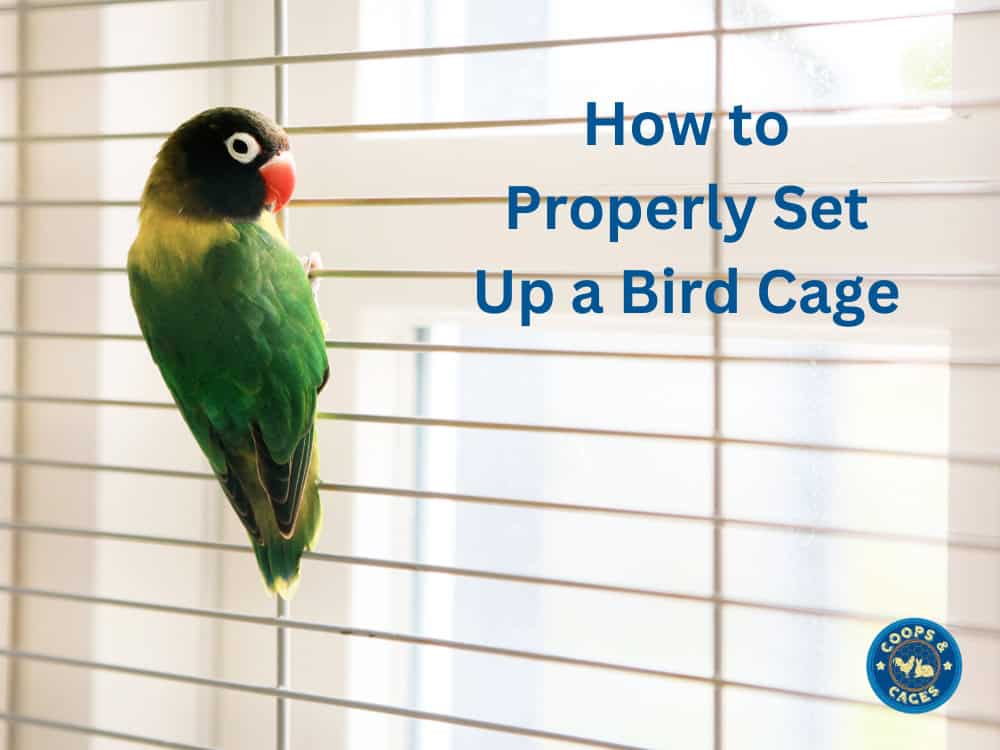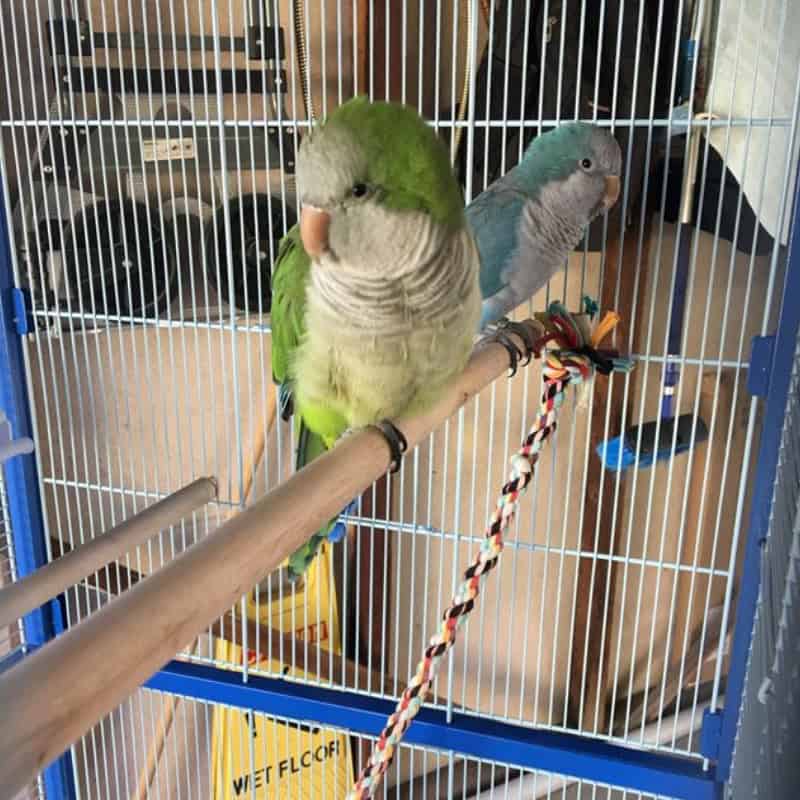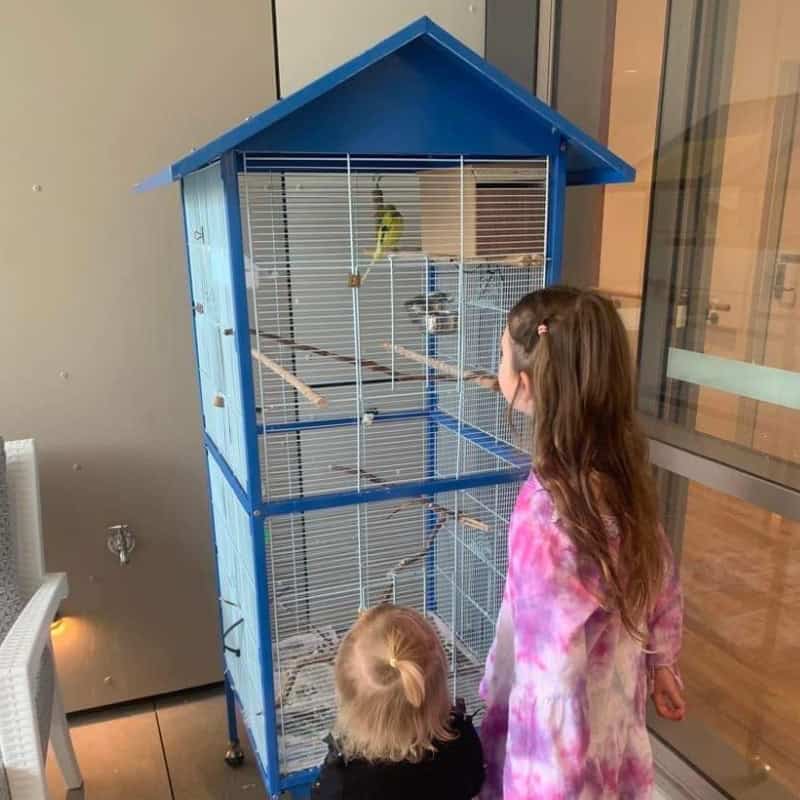Birds
How to Properly Set Up a Bird Cage
Wondering how to properly set up a bird cage? Whether you’re a new bird owner or looking to improve your feathered friend’s living space, this blog will walk you through everything you need to know.
From choosing the right cage to maintaining a healthy environment, we’ve got you covered for a happy bird and a happy home
Choosing a Bird Cage
Choosing the right bird cage is crucial for the health and comfort of your feathered companion. When selecting a cage, opt for ones made from metal as they are durable and easy to clean.
The size of the cage should be appropriate for the breed and size of your bird. For instance, larger birds like African Grey Parrots will require more space to move around compared to smaller species like Budgies or Finches. Ensure the cage provides ample room for your bird to stretch its wings and move freely.
Additionally, pay attention to the spacing between the bars. This prevents smaller birds from escaping or injuring themselves.
At Coops and Cages, we offer two styles of high-quality bird cages specifically designed for budgies and similar small birds – Amy Bird Cage and Buddy Bird Cage.
Ideal Cage Location
The placement of your bird cage plays a crucial role in your bird’s well-being.
Avoid placing the cage near windows where direct sunlight can overheat the cage or create uncomfortable glare. Similarly, areas prone to drafts or where there’s heavy foot traffic from other pets should be avoided to prevent stress and potential accidents.
It’s best to position the cage in a quiet, socially active part of your home where your bird can interact with family members without feeling isolated.
Essential Cage Accessories
Essential accessories in your bird cage include:
- Food and Water Bowls: Choose sturdy, easy-to-clean bowls that securely attach to the cage to prevent spills. Ensure they are placed away from perches to avoid contamination.
- Perches: Provide different sizes and textures to promote foot health and exercise. Natural wood perches mimic birds’ natural environment, while varying heights offer exercise opportunities.
- Toys: Offer a variety of safe bird toys to prevent boredom and encourage mental stimulation. Rotate toys regularly to maintain interest. Toys can include swings, mirrors, and puzzle toys, catering to your bird’s species-specific needs.
These accessories not only enhance your bird’s physical and mental health but also create a stimulating and enriching environment within the cage.
Maintaining the Bird Cage
Properly maintaining your bird cage is crucial for your bird’s health and well-being.
Line the cage bottom with newspaper or absorbent disposable bedding. Each day, spot clean the cage to remove food debris and droppings.
Each week, give the cage a thorough clean. Replace the newspaper lining, clean perches, and wash food and water bowls. These practices create a hygienic environment that promotes your bird’s comfort and reduces the risk of illness.
Regularly check the cage for any signs of damage and promptly make repairs as needed.





